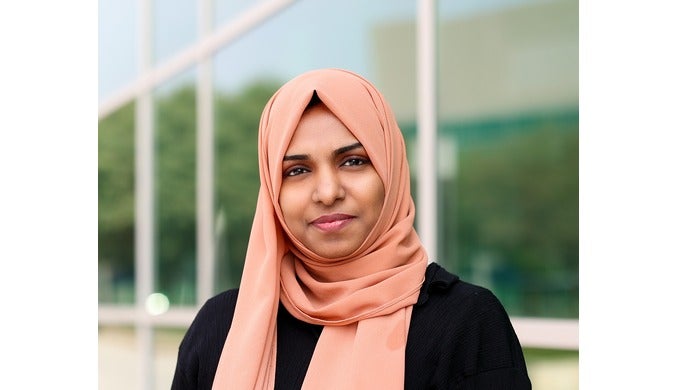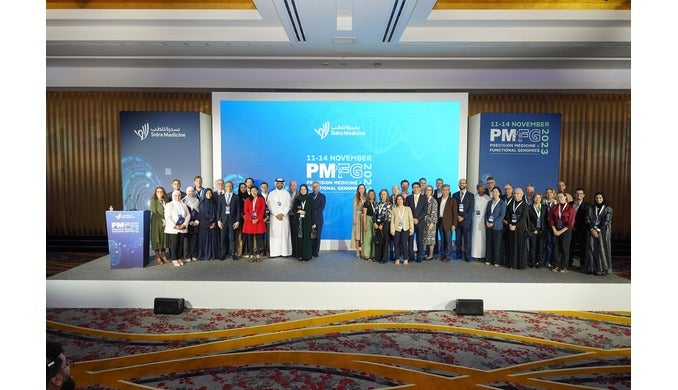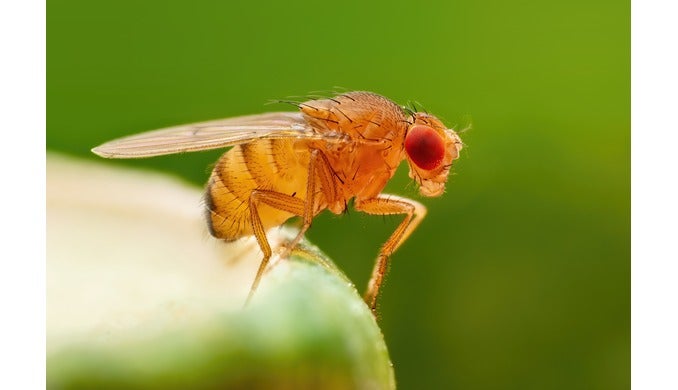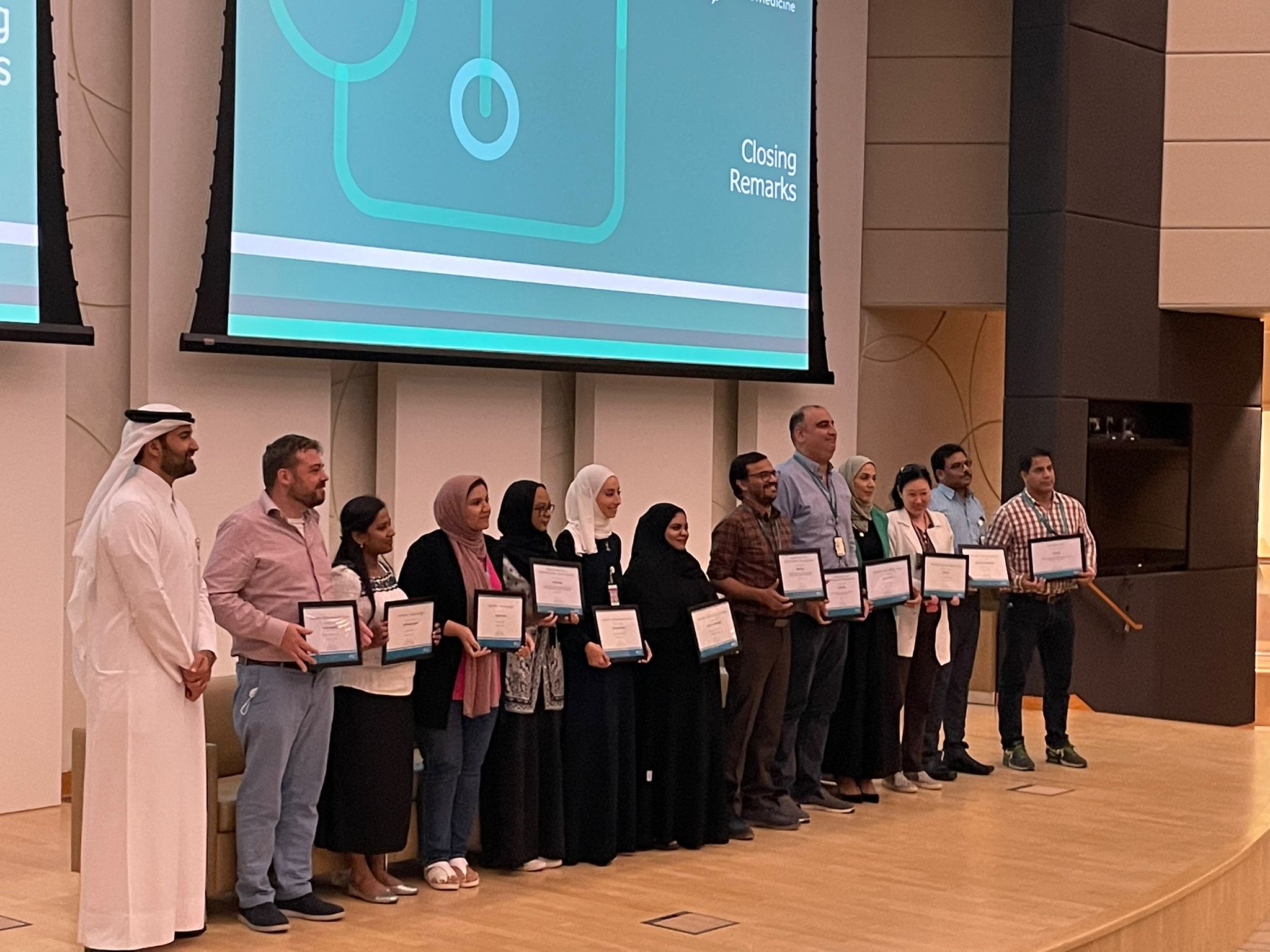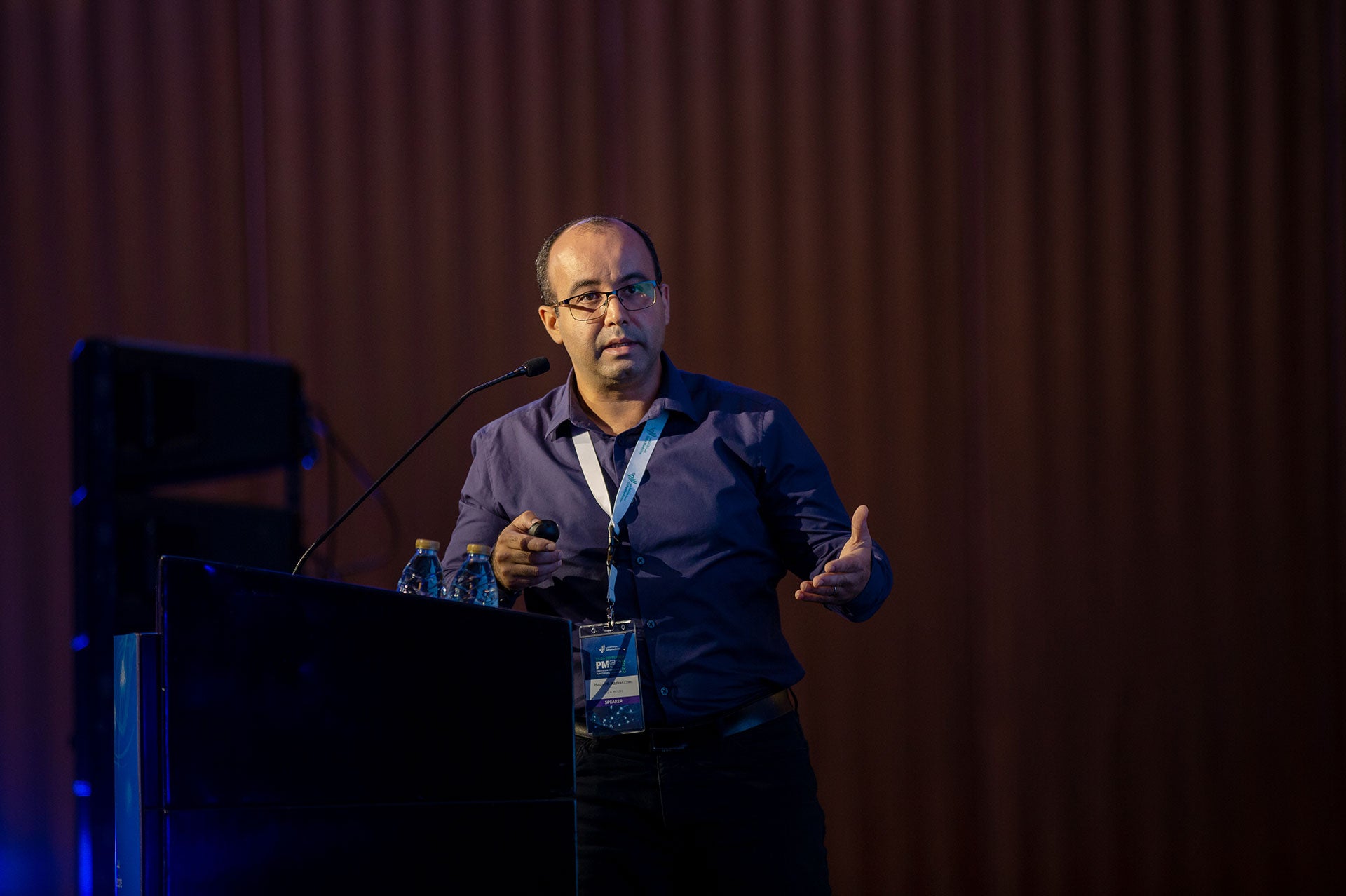By Dr. Borbala Mifsud*
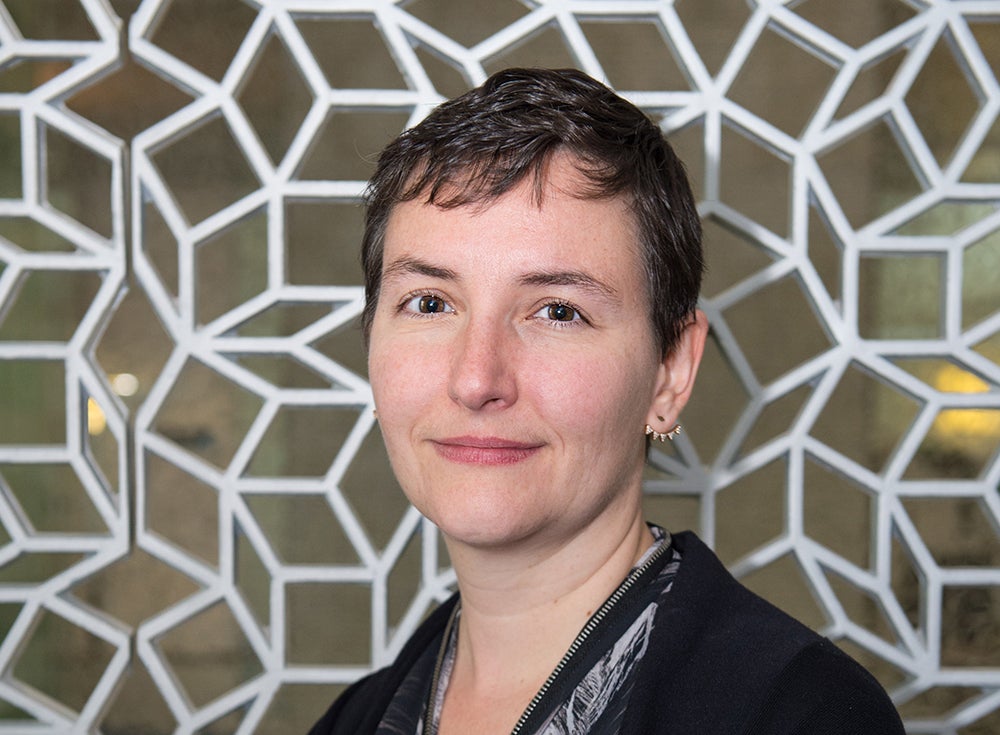
While many strategies have been adopted in the fight against COVID-19, few have generated as much controversy and criticism as herd immunity. Put simply, herd immunity is reached when a large enough part of a population acquires immunity to an infectious disease. This can either be achieved via vaccination or natural immunity due to previous encounters with the pathogen, meaning that new cases are contained and do not lead to outbreaks.
The proportion of the population required to achieve herd immunity largely depends on how contagious the pathogen is (transmissibility), how often an infected person meets a susceptible individual (average contact rate), and the duration an individual is infectious. These values determine the basic reproduction number (R0), which is the number of people each infected person infects in a completely susceptible population. The way this number is calculated is not exact and the number varies across populations because certain population characteristics can influence one or more of the above values. For instance, the transmissibility of COVID-19 is higher in cultures where greeting each other involves physical contact, while the average contact rate is higher in densely populated regions.
Pathogens are usually assigned a range of R0 numbers. The average R0 for SARS-CoV2, the coronavirus which causes COVID-19, is around 3, a figure consistent with the rate of infections initially observed in China and most European countries. An R0 of 3 means that at the beginning of the outbreak each infected person would have gone on to infect up to three more people. However, in New York and other high-density areas the R0 number has reached 10 or more.
The reproduction number naturally decreases in a population as the number of people who recover from COVID-19 increases and consequently there are fewer susceptible individuals. This is captured in the effective reproduction number (Reff) that takes into account the proportion of the population that is susceptible. Countries aim to achieve an Reff of less than 1 (Reff 1), as that means that the number of active cases decline. There are public health measures that can affect each contributing factor and help to keep Reff 1. For instance, transmissibility can be reduced by using protective equipment, such as masks. Contact rates can also be minimized by quarantine and social distancing, while the duration of infectiousness is lower when the disease is treated in time and contact tracing is in place.
Many countries have reached a point of Reff 1, meaning that their respective disease burdens are reducing. However, this does not mean that they have acquired herd immunity. The requirement for herd immunity is based on R0, and R0=3 projects that to achieve herd immunity, approximately 70% of the world’s population would need to be immune to COVID-19.
So how can we achieve herd immunity to COVID-19? In the absence of an effective vaccine, people would have to develop natural immunity through exposure. This means that approximately 5.5 billion people would need to have had the infection, a target that would inevitably result in an enormous number of deaths. If herd immunity were to be achieved through the slow spread of the virus, then calculating with one of the most optimistic death rates for COVID-19 (0.35%) would result in an estimated 19 million deaths. This also requires adequate access to healthcare systems that have not been overburdened by the virus. However, in locations where hospitals have struggled to treat all COVID-19 patients, death rates have been much higher, thereby implying that the total death toll required to reach herd immunity through exposure could be multiples of that.
It is therefore clear that achieving herd immunity through exposure is not a preventative measure and should not be considered a suitable strategy for tackling COVID-19. But that is not to say that herd immunity could not be achieved through an effective vaccine. The mutation rate of SARS-CoV2 is much lower than that of seasonal influenza and comparable to some of the other RNA viruses against which effective vaccines exist. Worldwide efforts to develop a vaccine will lead to success, but this will take time.
Until then, we need to keep Reff below 1 to avoid a second wave of infections. Experts are nevertheless worried that the average contact rate will jump again as countries reopen after lockdown. It is therefore important to increase those measures that reduce transmissibility and duration of infectiousness: wear protective equipment, trace contacts and isolate infected individuals. If we all practice social distancing, this pandemic can be kept under control.
Borbala Mifsud is an assistant professor at the College Health and Life Sciences at Hamad Bin Khalifa University.




